Decades after the war, Vietnam has become a destination for American veterans who have fought in the war. They want to return to visit the old battlefields to witness how life has changed here.
"This place was a battlefield when we arrived," Mr. Paul Hazelton quietly shared while taking his wife for a walk in the grounds of the War Remnants Museum in Ho Chi Minh City.
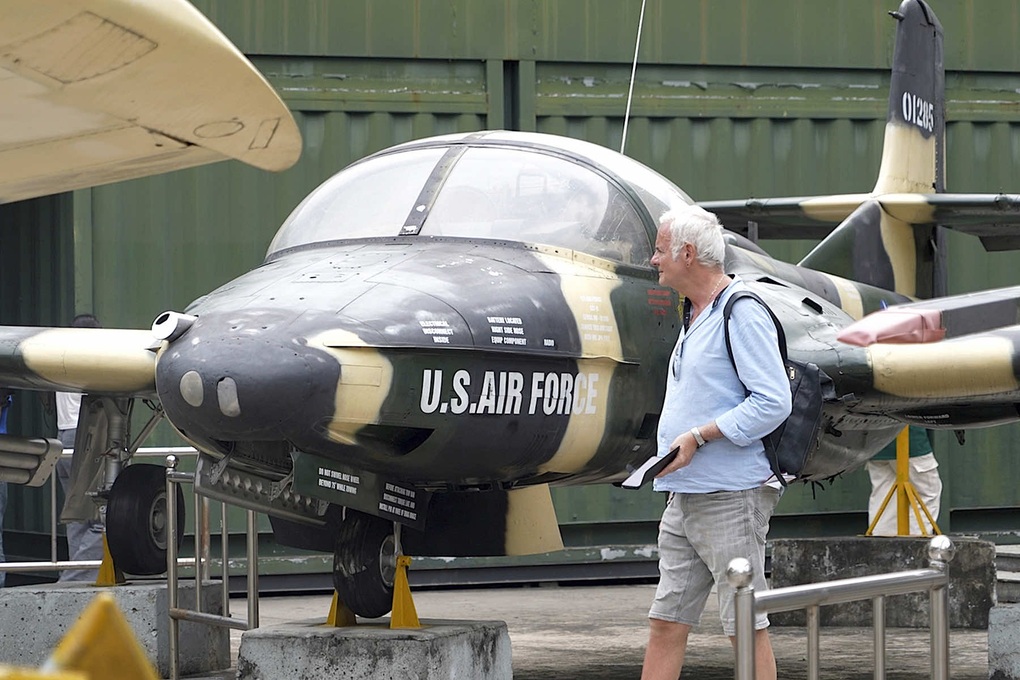
A visitor looks at a US Air Force fighter plane used during the Vietnam War, now on display at the War Remnants Museum in Ho Chi Minh City (Photo: AP).
When he was young, Mr. Paul fought in Hue, Phu Bai base, Da Nang . On the occasion of his 80th birthday, an American couple visited Vietnam. In the eyes of American veterans, Vietnam has changed and is very different from the past.
"Vietnam today only sees hustle and bustle. I am very happy to see that Vietnam and the US have established friendly diplomatic relations. I think both sides benefit from this," he commented.
Vietnam's resistance war against the US lasted from 1954 to 1975. This year, Vietnam celebrates the 50th anniversary of National Reunification Day, and also marks the 30th anniversary of the re-establishment of diplomatic relations with the US.
Many international media channels commented that Vietnam's tourism industry recovered quickly after the pandemic and is an important industry promoting economic growth.
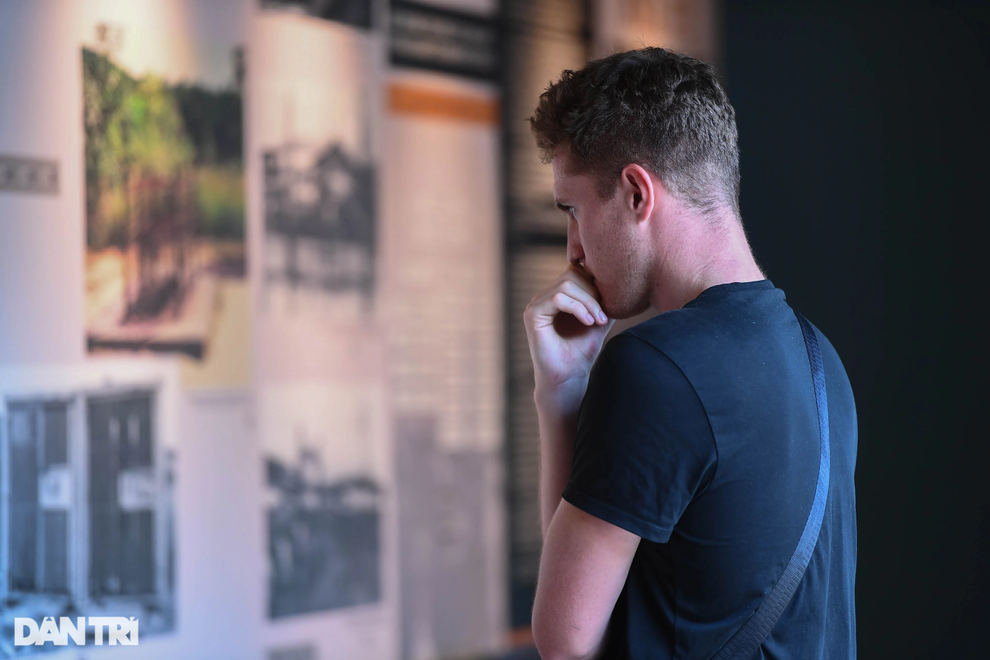
Visitors quietly explore artifacts in the museum (Photo: Hoang Giam).
In 2024, Vietnam will welcome more than 17.5 million international visitors. This figure is approaching the 18 million foreign visitors mark of the golden period in 2019.
The War Remnants Museum attracts about 500,000 visitors each year, two-thirds of whom are foreigners. Established in September 1975, this place currently preserves more than 20,000 documents, artifacts, and films about the war and the consequences of the wars of aggression against Vietnam.
Inside the War Remnants Museum building, there are 3 floors displaying and exhibiting documents with many topics such as war crimes of aggression, the world supporting Vietnam's resistance, the consequences of Agent Orange, and historical truths.
Tourists coming to Ho Chi Minh City who want to learn about the history and resistance against the US can also visit the Independence Palace or the Cu Chi tunnels. These are all destinations that help foreigners understand how the Vietnamese people fought to protect their independence.
Visiting the Cu Chi tunnels, Italian tourist Theo Buono said that when he witnessed and learned about them with his own eyes, he learned how the Vietnamese people protected themselves to win the war.
Besides American veterans, Cu Chi also regularly welcomes delegations of Vietnamese veterans.
"I was very emotional when I visited the old battlefield. This is the place that helps me relive the difficult but heroic days with my comrades and teammates," said Mr. Luu Van Duc, a 78-year-old veteran.
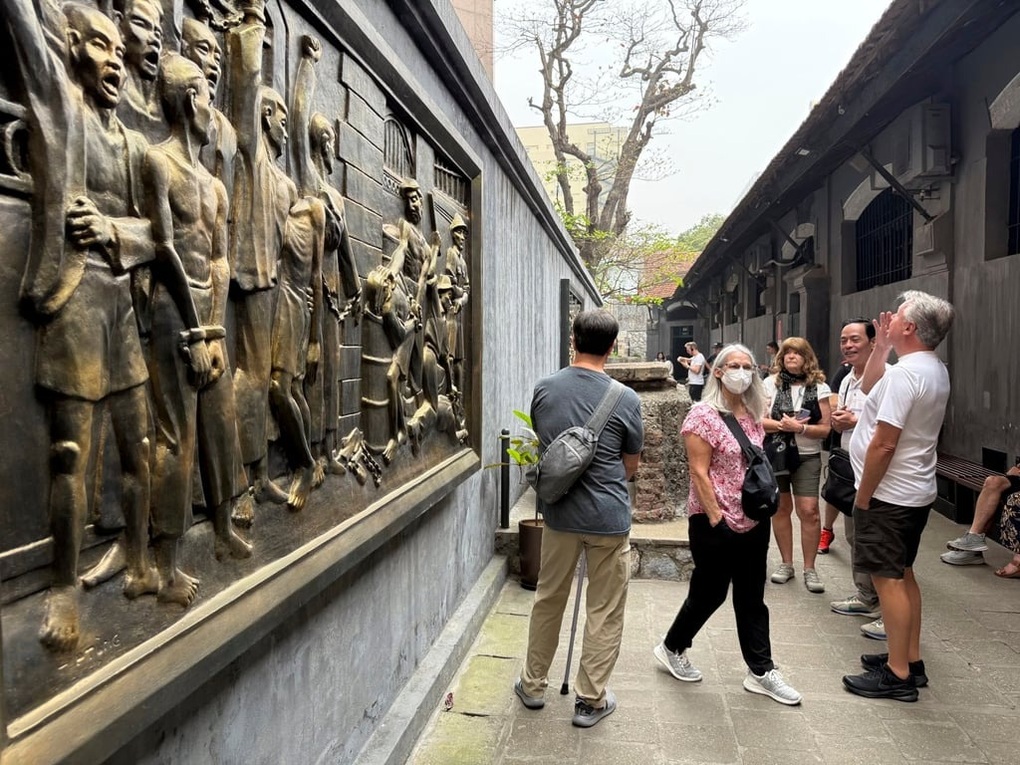
A group of foreign tourists visit Hoa Lo prison in Hanoi (Photo: AP).
Meanwhile, in the North, the war was mainly in the air. Today, the Hoa Lo Museum in Hanoi tells its own story from the Vietnamese perspective.
With a total area of over 12,000m2, this prison was built by the French colonialists in 1896 and was considered the largest prison in Indochina at that time. This place was once the place to detain many great Vietnamese revolutionaries during the Indochina War and American pilots during the Vietnam War.
At the end of his visit to the prison, Olivia Wilson (28 years old, from New York, USA) found that this was a place that "gave him a different perspective on the war".
Source: https://dantri.com.vn/du-lich/cuu-binh-my-ve-viet-nam-tham-chien-truong-xua-noi-nay-khac-xua-qua-nhieu-20250416094910979.htm



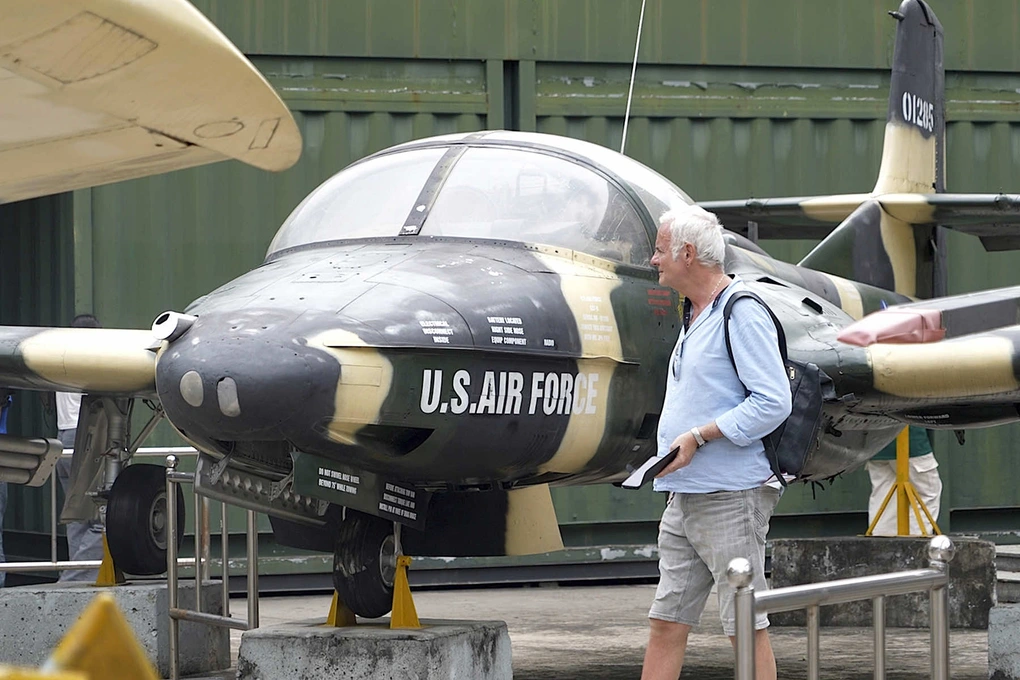
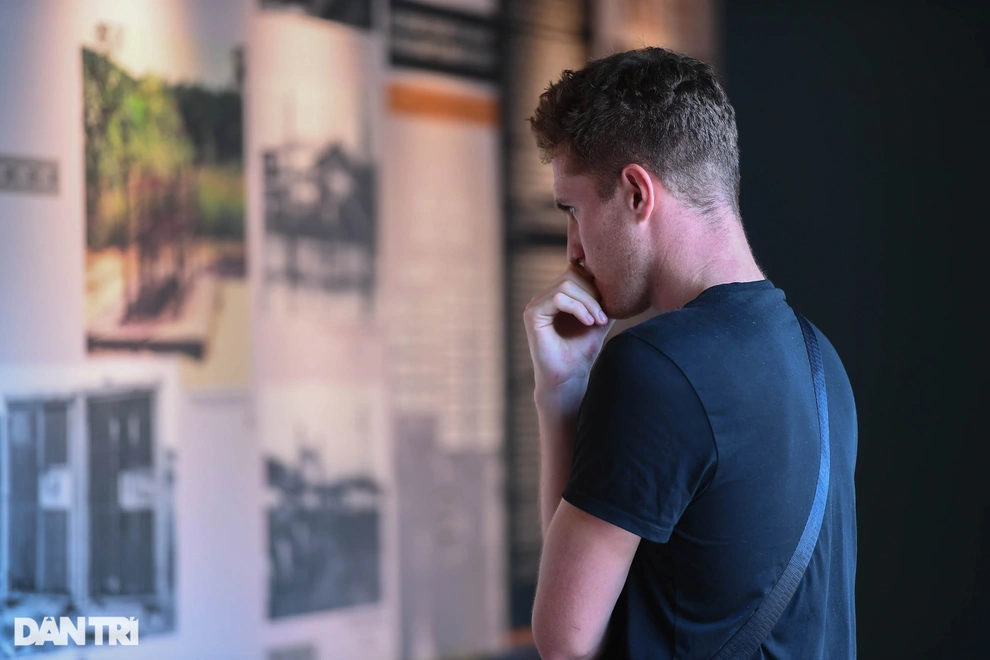
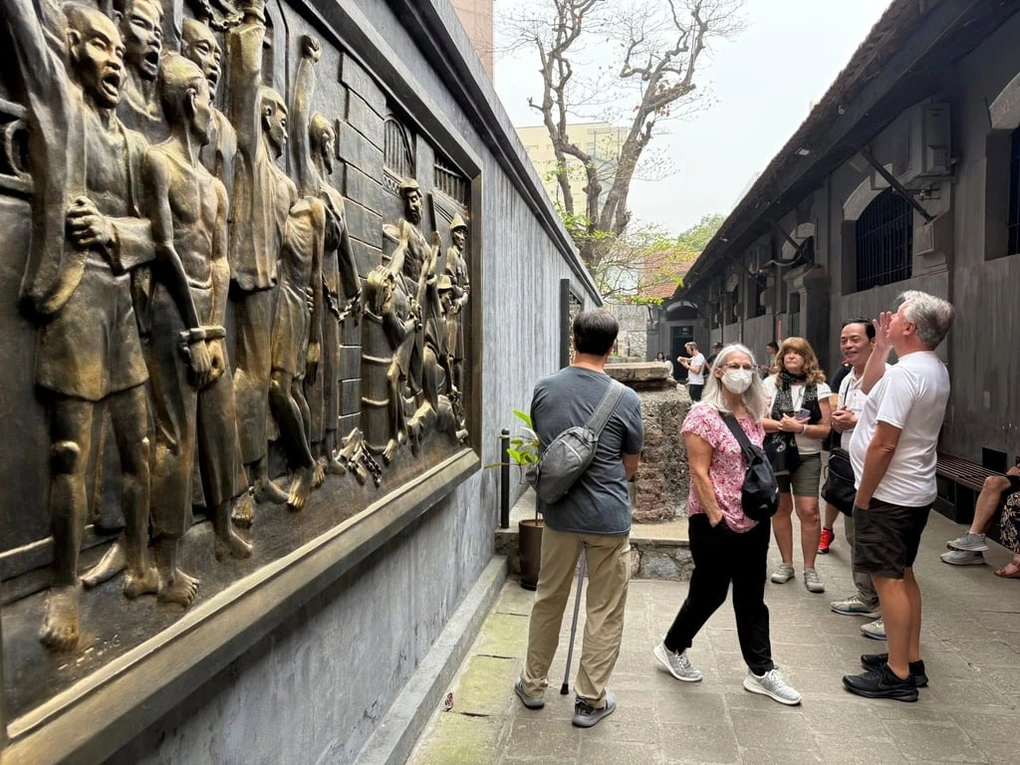
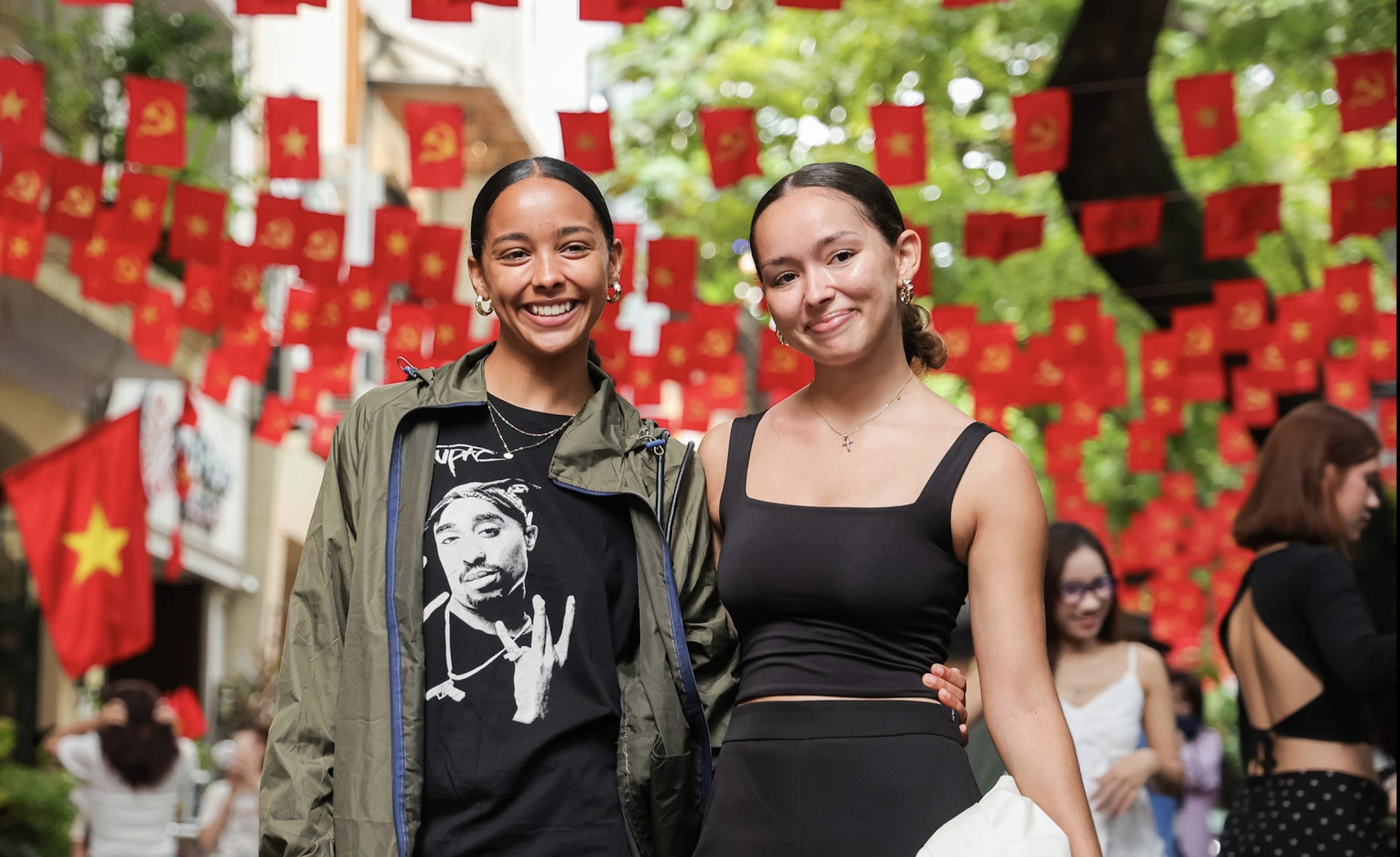

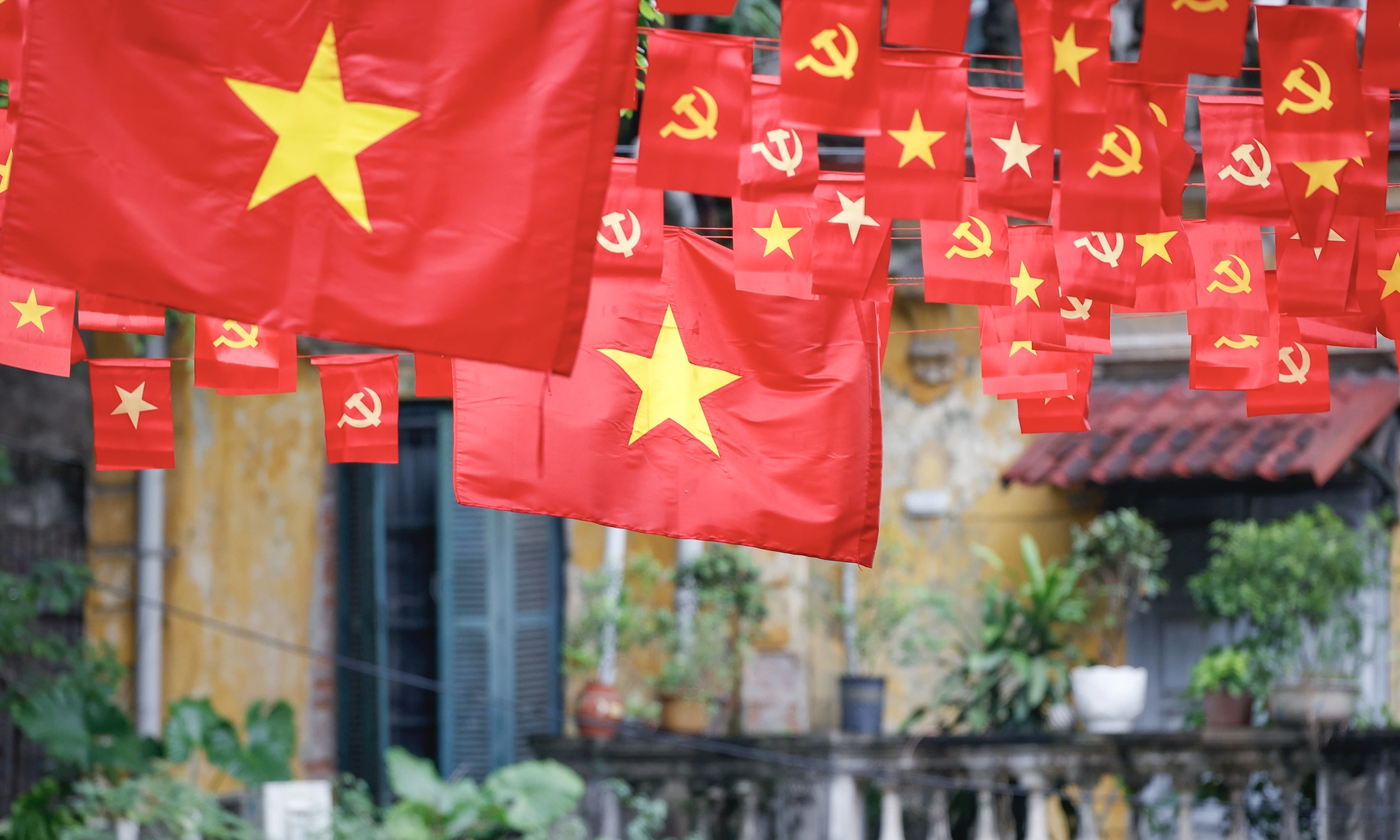
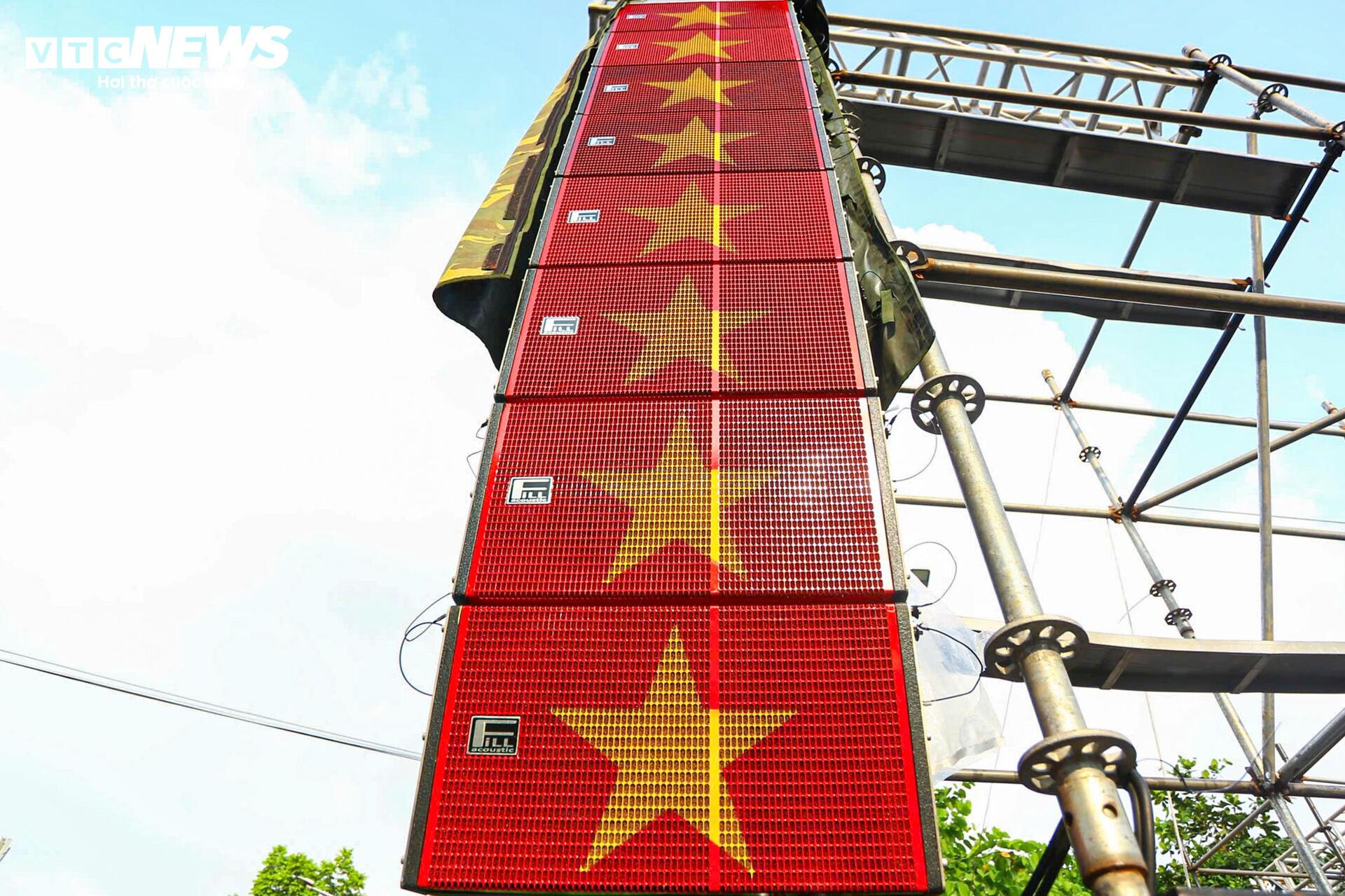

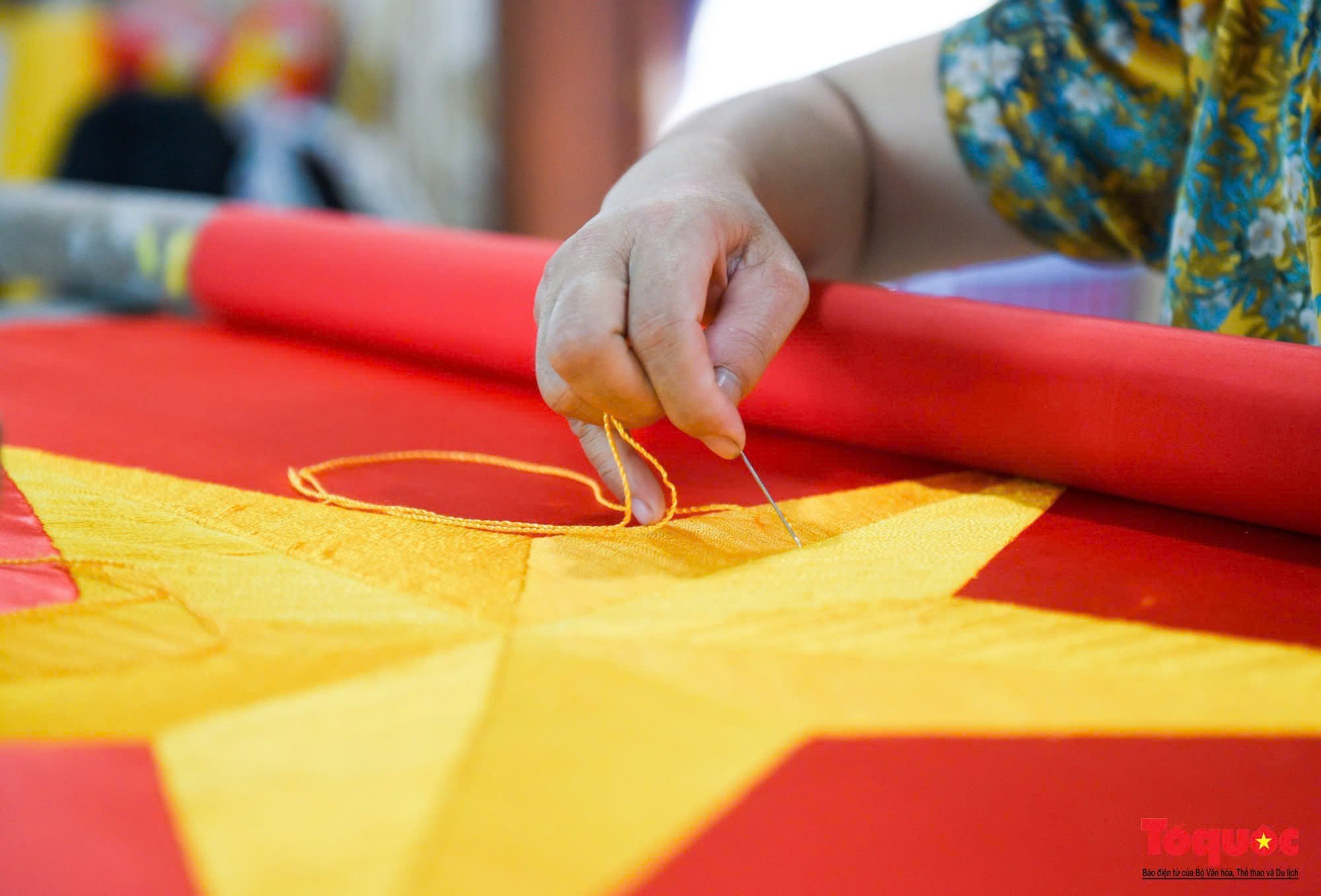
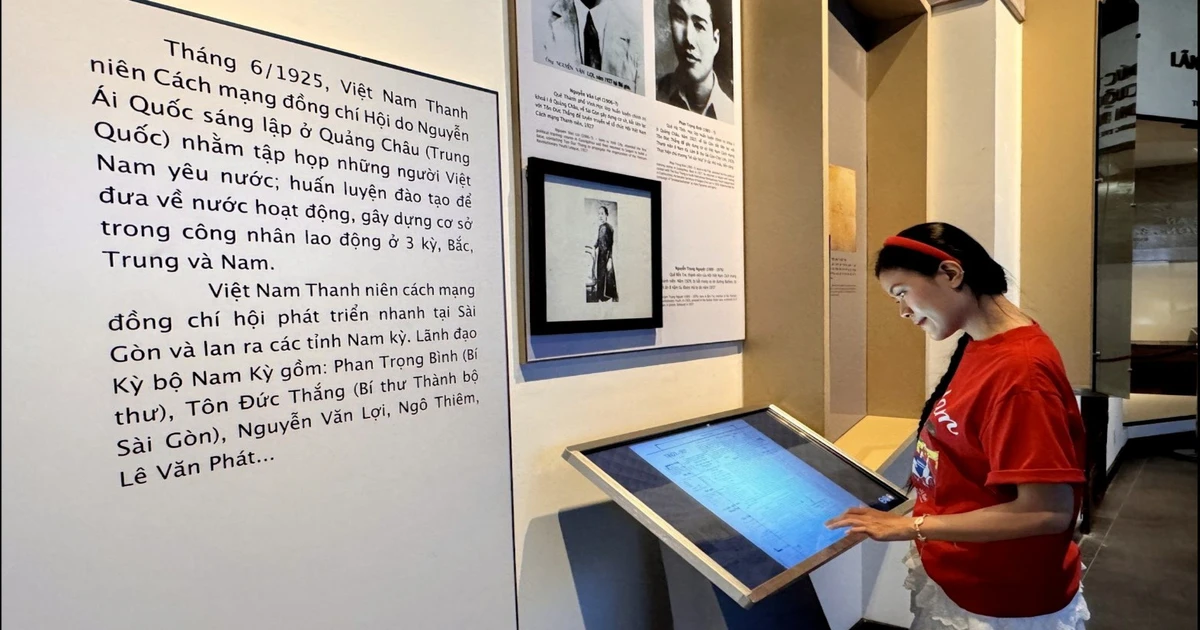

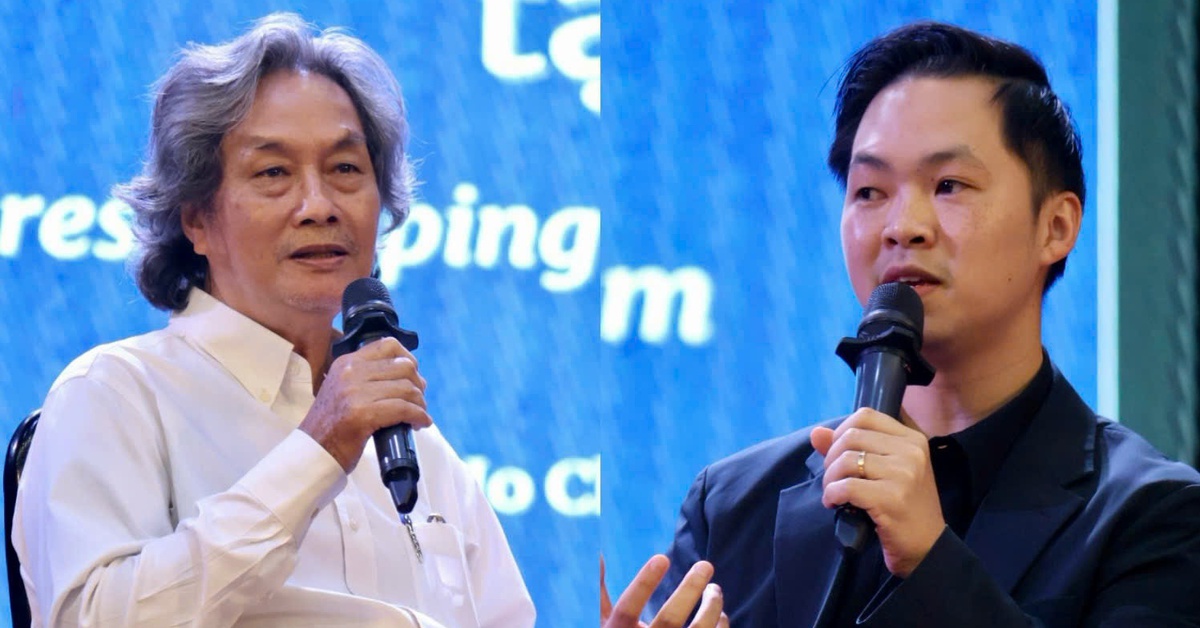

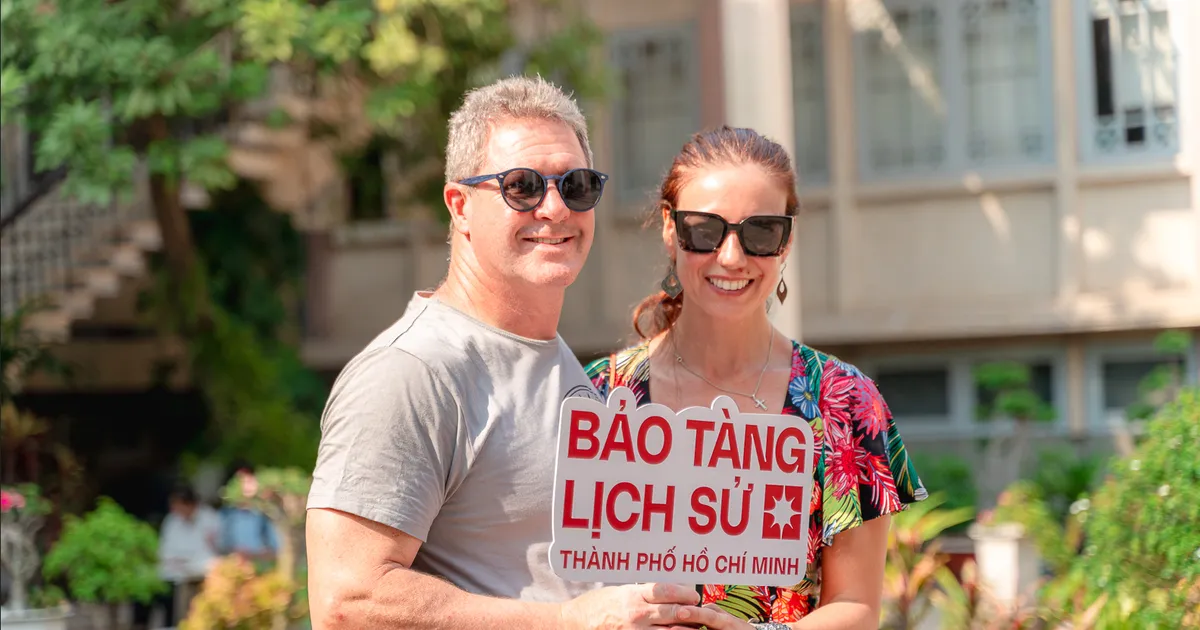


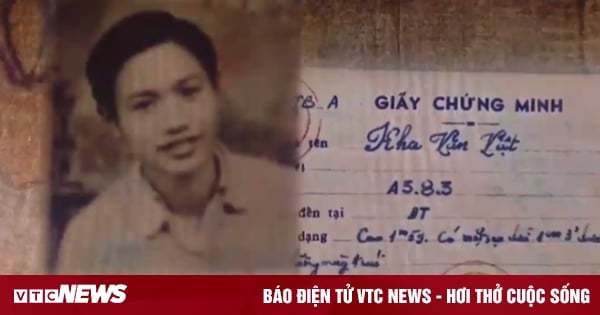

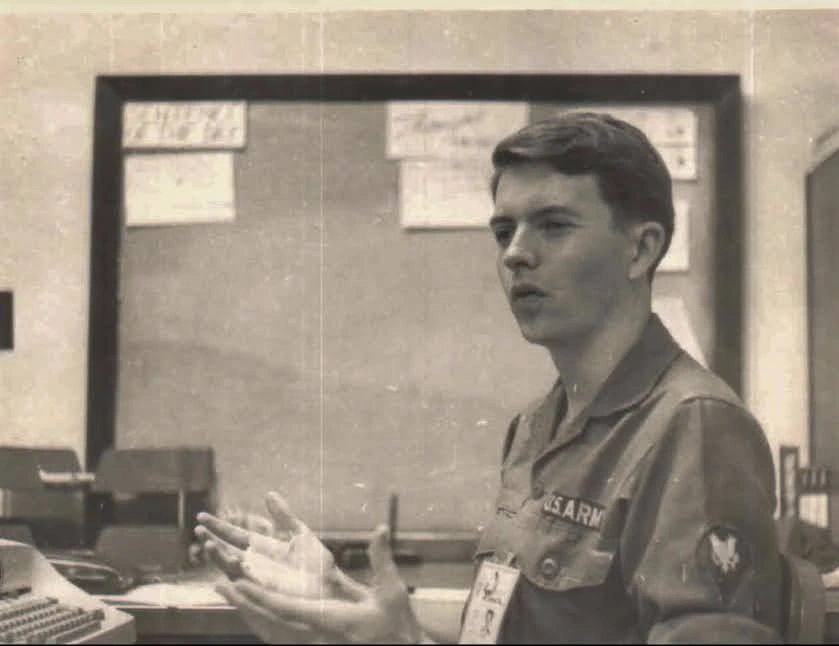













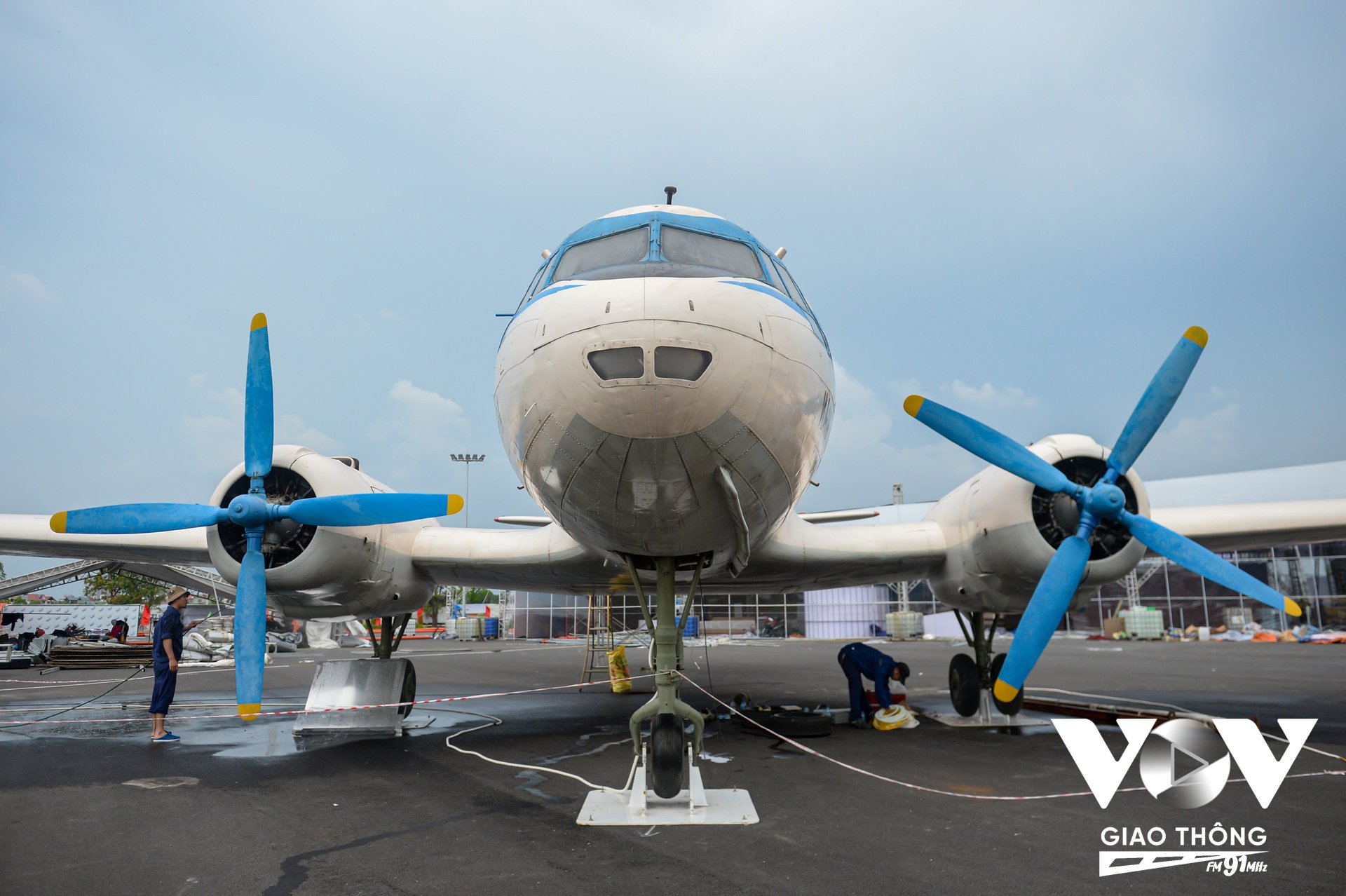
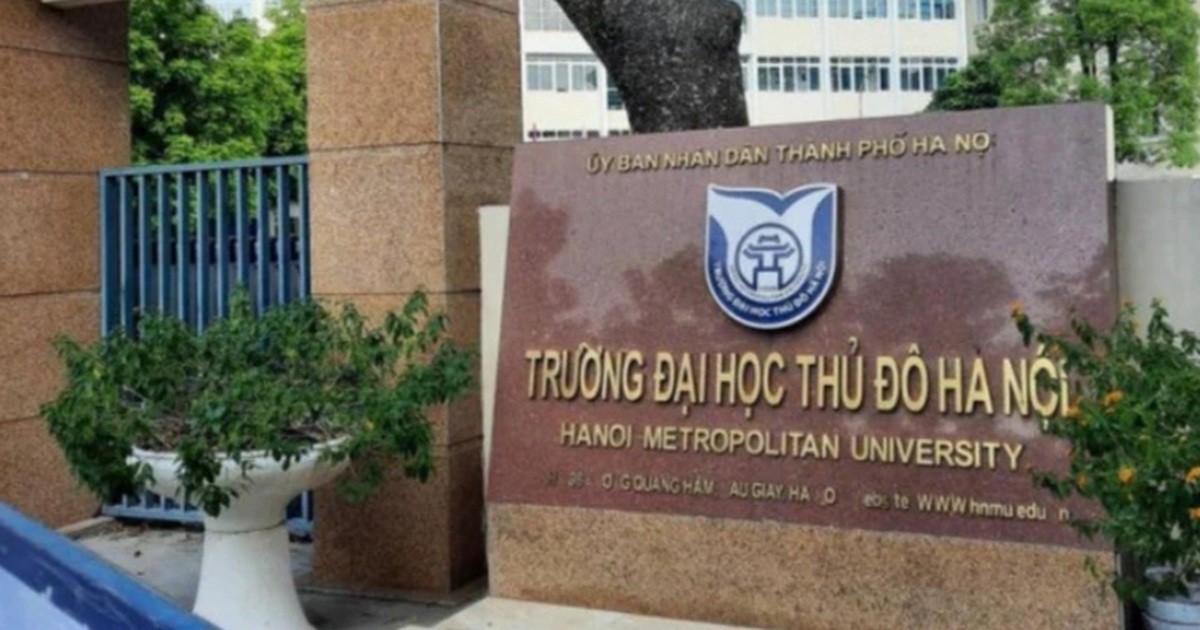
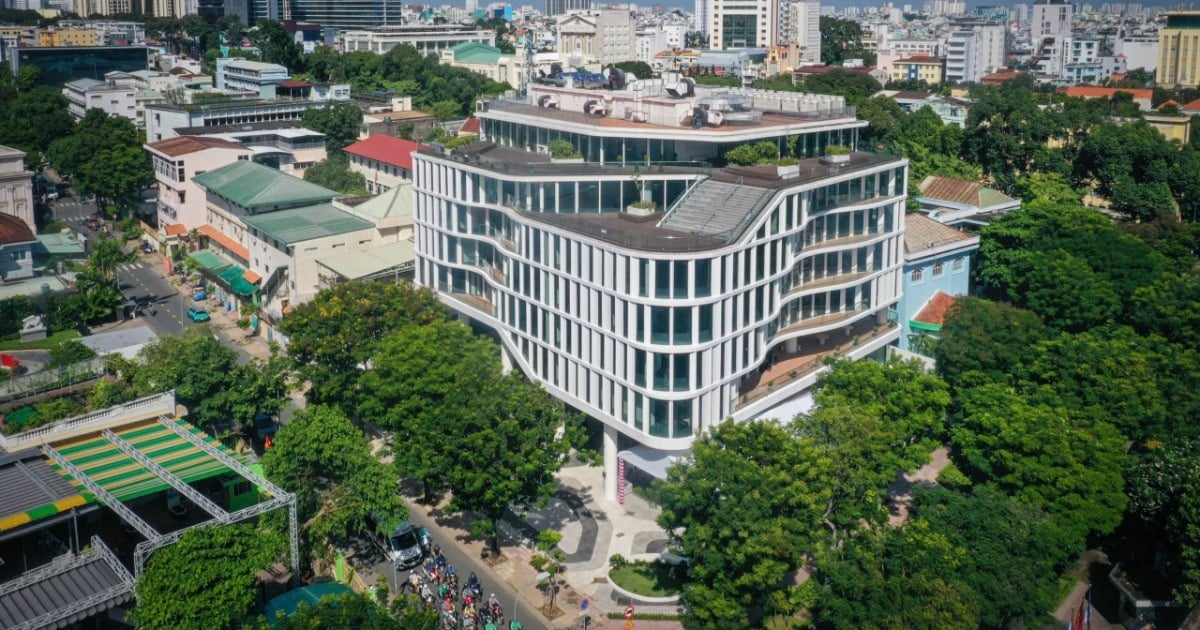

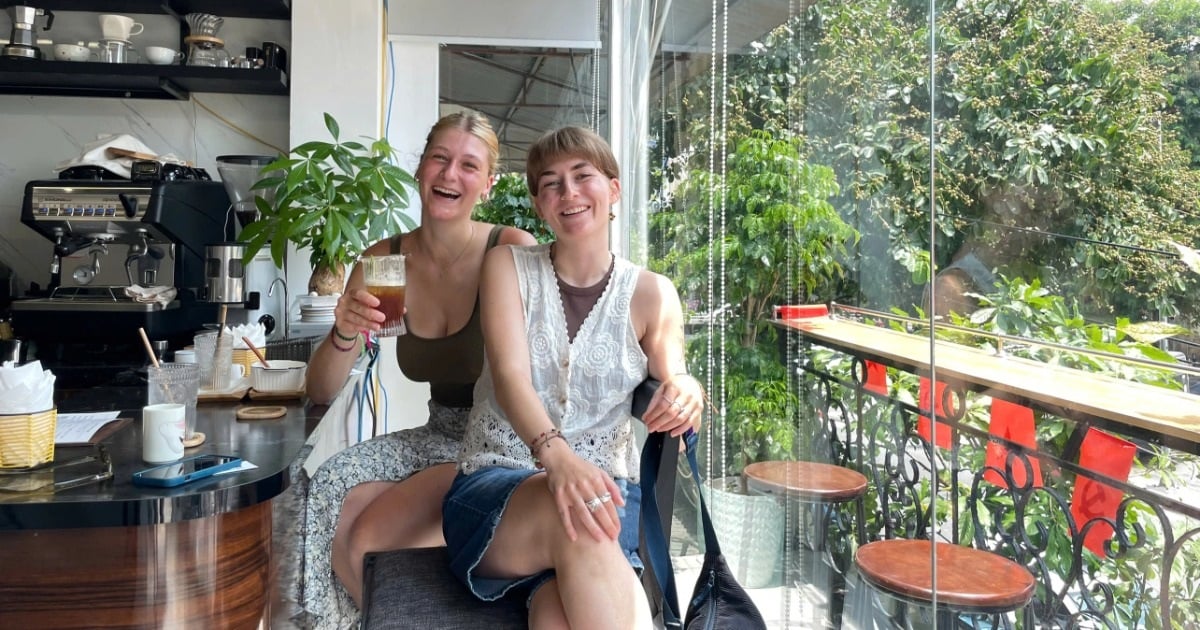

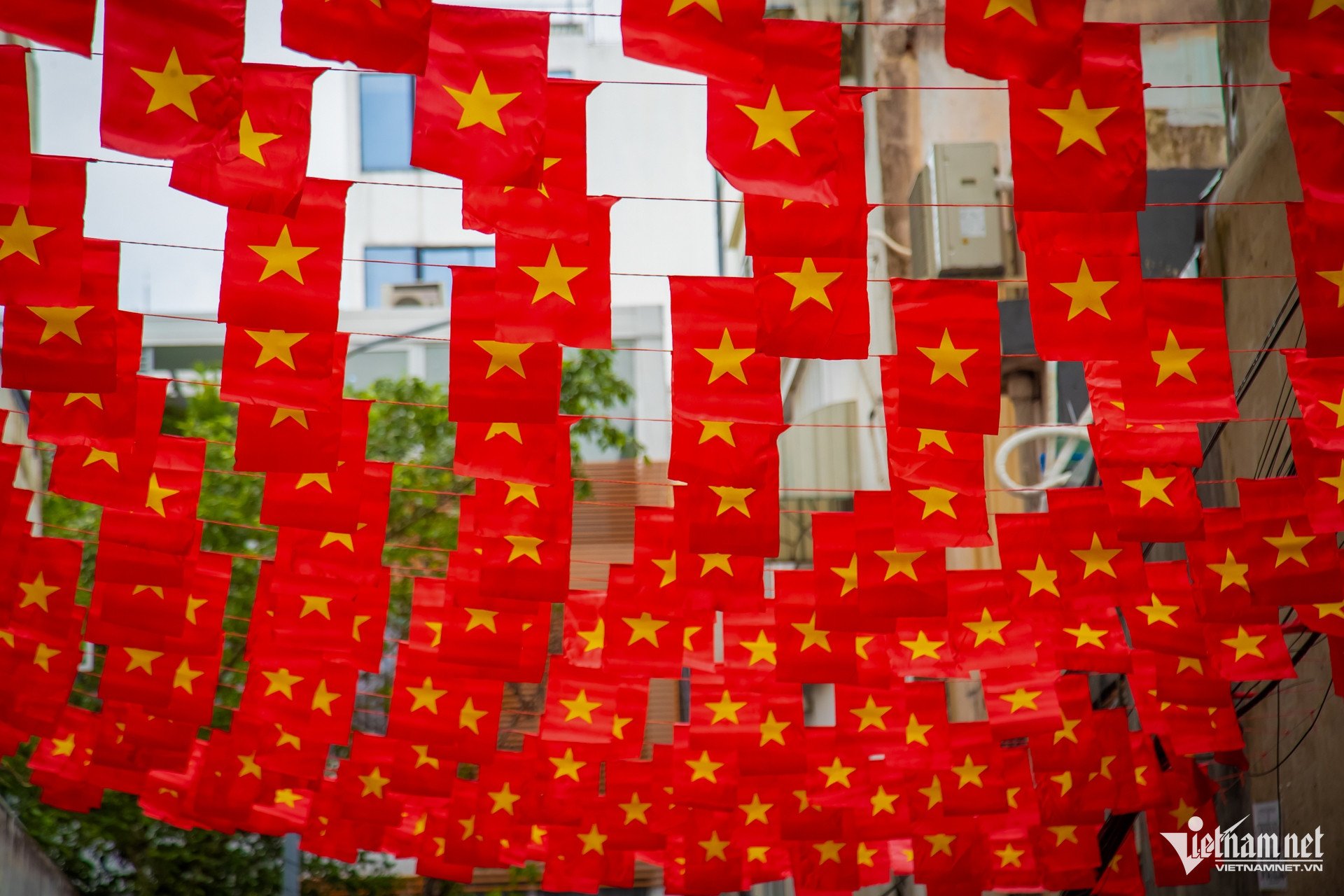
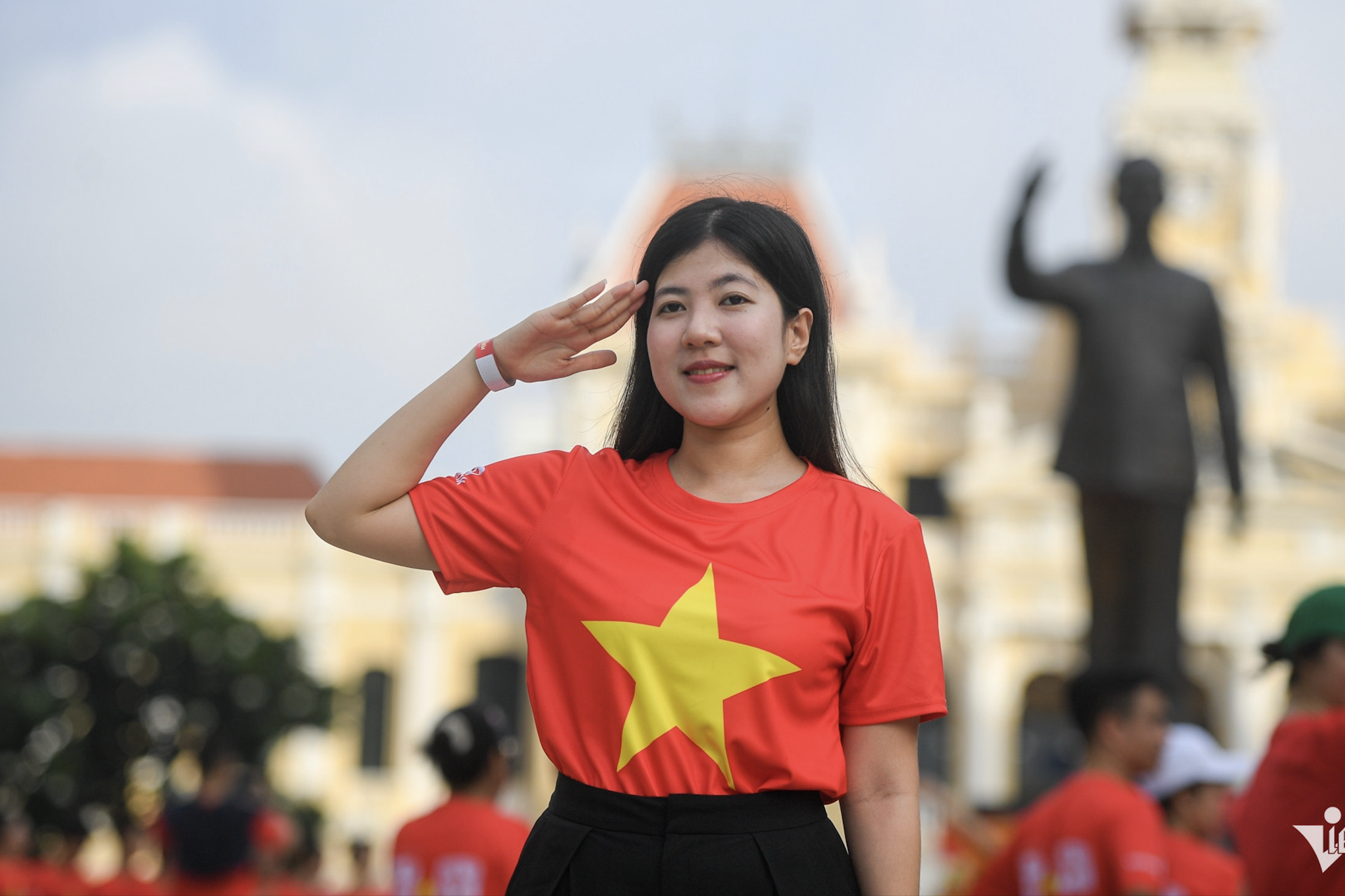



































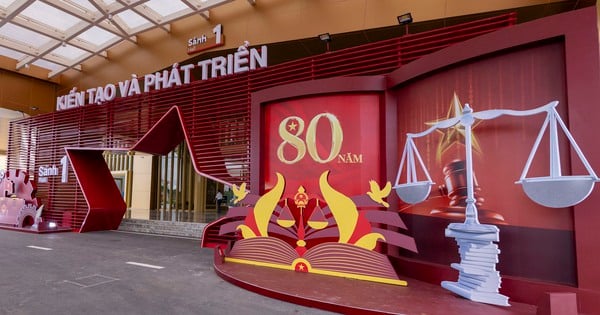



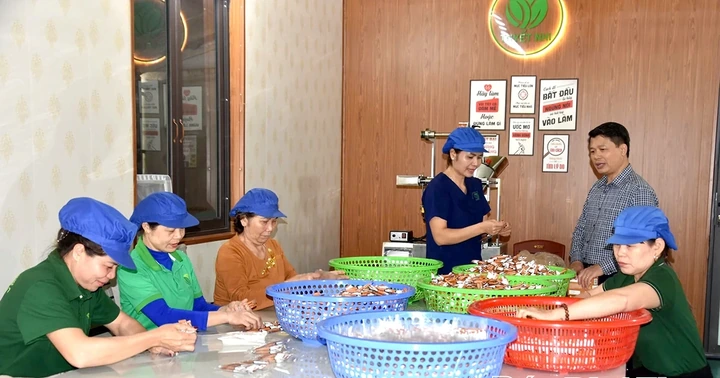

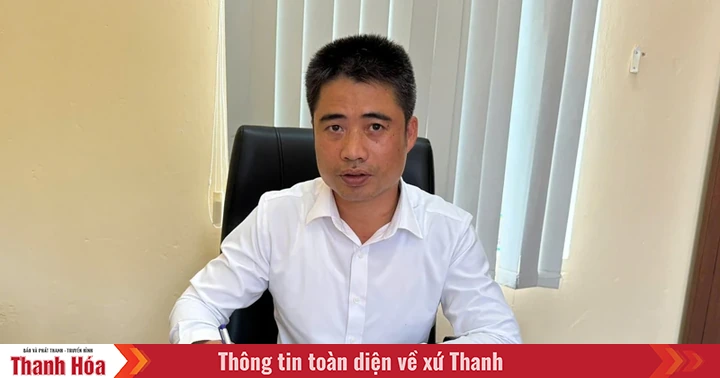

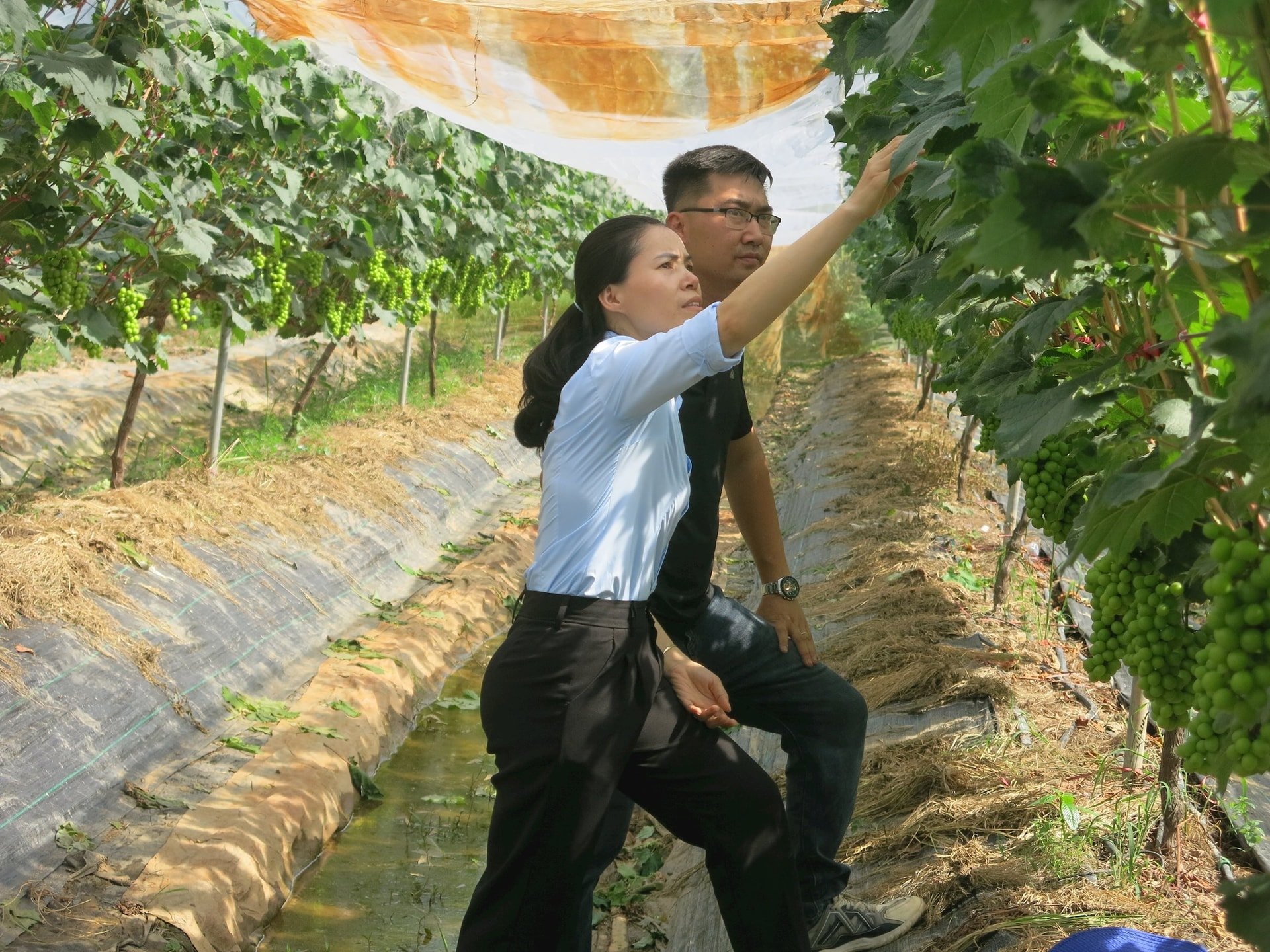



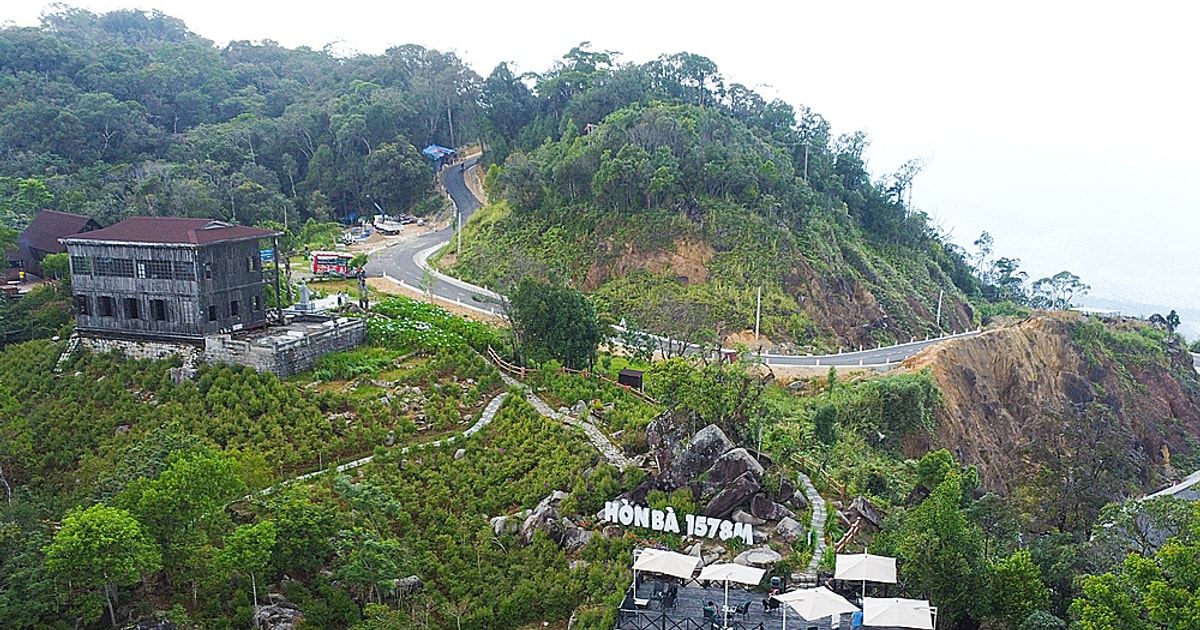

















Comment (0)